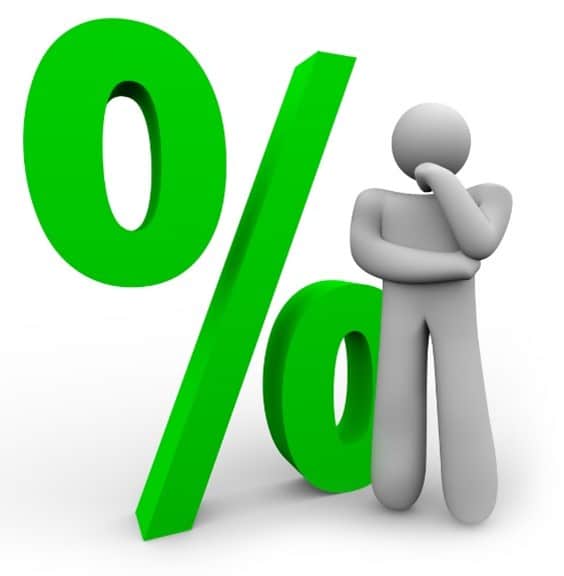Variable vs. ARM: What’s the Difference?
Many don’t realize that there are two flavors of floating-rate mortgages:
flavors of floating-rate mortgages:
- The adjustable-rate mortgage (ARM)
- Its payment rises and falls with prime rate
- The variable-rate mortgage (VRM)
- Its payment doesn’t change when prime rate changes
- The only exception is when rates soar so much that you’re not paying all the interest. Then the payment generally rises to cover the interest due.
The answer is a variable-rate mortgage where payments stay the same and your amortization extends. On an ARM mortgage your interest rate changes based on the Bank of Canada prime rate announcement which they do 8 times a year your payment changes to reflect the new prime rate and your amortization stays the same.
How Much Shock?
Let’s compare a VRM to an ARM and see how big a concern this really is.
Assume a $300,000 mortgage with a 25-year amortization at a decent rate of prime – 0.90%.
If rates jumped 2% (once every six months), here’s how you’d make out:
As you can see, you’re going to be “payment shocked” either way if rates surge a few hundred basis points.
What Else You Need to Know
Remember this:
- If we may state the obvious, the amortization effect works in reverse when rates drop. In other words, a variable-rate mortgage will pay down your mortgage quicker than an ARM with a floating payment.
- In most cases, and other things equal, your total amortization (how long it takes to pay off the entire mortgage over multiple terms) is the same—regardless of whether you choose a variable or adjustable-rate mortgage.
- By choosing a variable rate with a fixed payment, you can save thousands in payments (over the initial term) if rates jump. And you choose how to spend that extra cash flow. Depending on your circumstances, you may be better off paying down higher interest debt or investing it, rather than paying your mortgage. That can make a variable-rate mortgage the smarter choice economically.
- If rates jump and then fall by maturity (which rates often do as the economy is cyclical), much of this discussion is academic. In other words, your payment difference at renewal may be nominal.
- Making prepayments can offset some or all the amortization slowdown that occurs in a VRM when rates spike.
In short, neither a VRM or an ARM are “bad” in general. As usual, the right mortgage for you hinges on your goals and financials.
And it also depends on rates at the time. The best rates in Canada are currently on ARMs. Paying a materially higher rate for the fixed payment of a VRM isn’t worth it, unless you really need that payment “insurance.”
To review your mortgage needs give me a call at 403.875.2969 or email patricia@patriciamckean.ca.